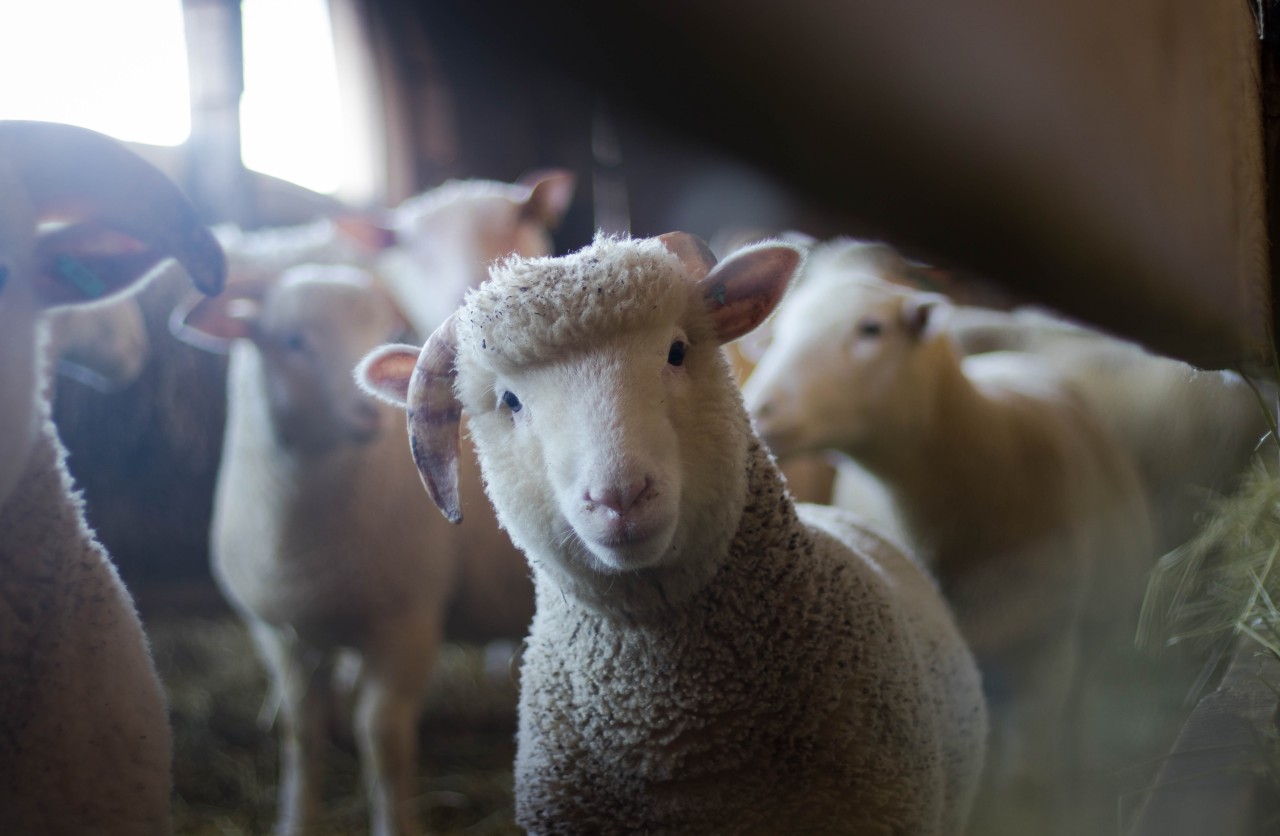WeConnectAI
Data Science in the Trough

To counteract overproduction in the feed industry
With the help of external influencing factors, AI and statistics, the nowasteai student team has developed forecasting software that enables users to optimize their experience-based sales planning through validated forecast values.
In Germany alone, about 24 million tons of feed are needed annually. If one makes the pessimistic assumption that about 1% of the feed has to be disposed of due to incorrect sales planning, this corresponds to a volume of about 240 thousand tons per year. This causes considerable economic and ecological damage. Meanwhile, forecasts for sales planning in the food industry continue to be made on the basis of past sales years and personal experience. This highly simplified forecasting often leads to overproduction and discarded resources. Where traditional forecasting methods fail, nowasteai software aims to deliver optimized results using a novel AI-based approach.
An interdisciplinary team of students is behind nowasteai
Munich - A team of ten students of computer science and business administration has developed a tool as part of the Co-Innovation Lab at Munich University of Applied Sciences that can be used to make predictions for calculating optimal production volumes within the animal feed industry. Over a period of just under three months, bachelor's and master's students, together with the young company WeConnectAI (founders: Marc Gehring & Tobias Hetfleisch), implemented the project, which is expected to add value to the industry in the future.
Nowasteai as a tool for long-term sales planning
The forecast tool will score points for its accuracy. This is made possible by linking around 100 indicators that can be used to predict future product sales, depending on the product. The long-term usability of the software is guaranteed by the integration of API interfaces (Application Programming Interface), which update the external influencing factors in the company's own database at regular intervals. In doing so, the team succeeded in identifying and integrating a selection of macroeconomic, product-specific and sales-specific factors through in-depth research into the product resource and market situation along the value chain.
People involved in the project:
HM: Prof. Dr. Günzel, Prof. Dr. Brehm, Johannes Ebke, Hans-Jürgen Haak
AWS: Lars Schmitz, Behboud Kalantary (Solution Coach),
MUAS-SME: Andreas Humpe
Contact Co-Innovation Lab: Holger.Guenzel@hm.edu und Lars.Brehm@hm.edu
During the Challenge, the students created several documents: